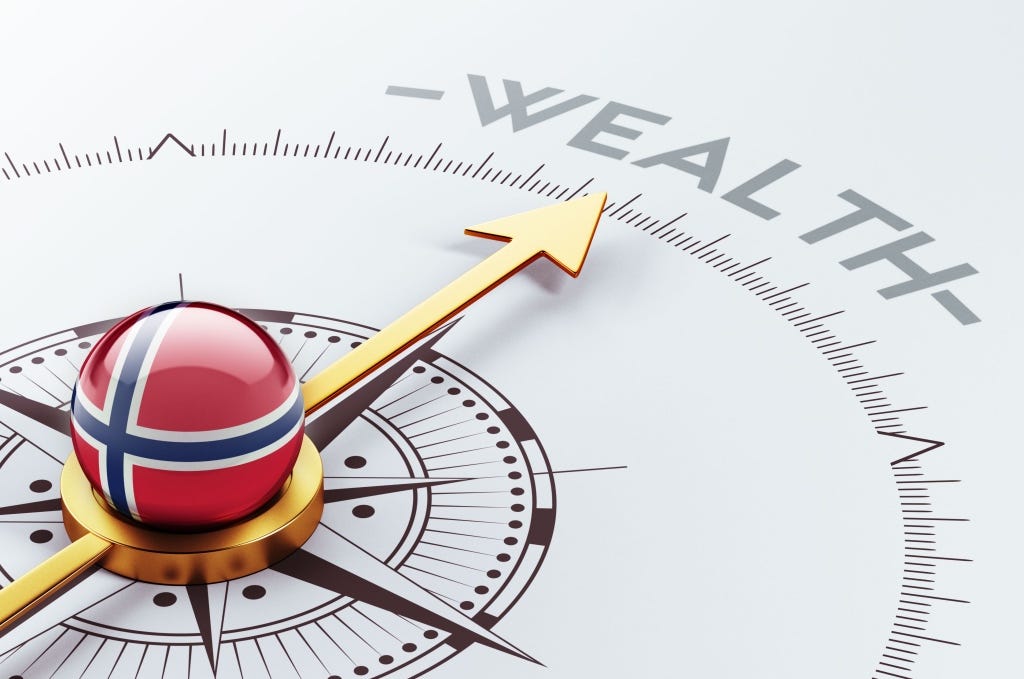Norway’s transformation from a modestly prosperous, resource-dependent economy into one of the wealthiest nations in the world is a story of strategic resource management, effective governance, and societal foresight. This article explores the key factors that shaped Norway’s economic success, focusing on its natural resources, political stability, and social policies.
Historically, Norway’s economy was rooted in its natural environment, relying heavily on fisheries, agriculture, and timber exports. By the late 19th and early 20th centuries, industrialization began to shape its economy, with hydro-power and mining playing pivotal roles. These industries provided the foundation for economic development, but Norway remained relatively poor compared to other European countries.
The turning point in Norway’s economic trajectory came in the 1960s with the discovery of vast oil and gas reserves in the North Sea. In 1969, the first major oil field, Ekofisk, was found, marking the beginning of Norway's journey to becoming a major energy producer.
Unlike many resource-rich nations, Norway managed its oil wealth prudently. Key policies ensured that the resource curse, which has plagued other countries, was avoided. Norway established strong regulatory frameworks to manage its oil resources. The government retained ownership of the reserves and created Statoil (now Equinor), a state-owned energy company, to oversee production. Recognizing the finite nature of oil, Norway created the Government Pension Fund Global (often called the Oil Fund) in 1990. Revenues from oil production are funneled into the fund, which invests globally. As of 2024, the fund is valued at over $1.4 trillion, making it the largest sovereign wealth fund in the world. This fund ensures inter-generational equity, protecting the economy from oil price volatility. Norway has been a pioneer in balancing economic growth with environmental sustainability. The country invests in renewable energy, particularly hydro-power, which generates over 90% of its electricity. This long-term planning reflects a commitment to a post-oil future. Norway’s political stability has been a cornerstone of its economic success. The country’s democratic system, low levels of corruption, and strong institutions have enabled effective policy implementation. Consensus-driven politics, where both labor and capital are involved in decision-making, has fostered a cohesive society with minimal social unrest. Norway’s wealth is not only a result of oil but also how it has been distributed. The country has embraced a robust social welfare system that emphasizes equality. Key elements include high taxes on income and corporate profits are used to fund public services, including universal healthcare, free education, and generous pensions. Norway consistently ranks highly in education and innovation. Free access to education and training ensures a skilled workforce capable of adapting to global economic shifts. Policies supporting gender equality, such as parental leave and subsidized childcare, have boosted workforce participation, particularly among women. Although oil remains a significant contributor to Norway’s GDP, accounting for approximately 14% in 2024, the country has actively diversified its economy. Norway excels in shipping, fishing, and green technology. It has also positioned itself as a leader in combating climate change, with ambitious goals to become carbon-neutral by 2050.
Norway’s experience offers 3 valuable lessons for other nations:
1. Prudent Resource Management: Transparent governance and long-term planning are essential for avoiding the pitfalls of resource dependency.
2. Investment in People: Prioritizing education, healthcare, and equality creates a resilient and innovative workforce.
3. Global Integration: Norway’s engagement in international trade and investment ensures its economy remains globally competitive, despite not being a member of the European Union.
Conclusion
Norway’s rise to wealth is a testament to the power of strategic resource management, inclusive governance, and forward-thinking policies. Its ability to leverage natural resources while planning for a sustainable, equitable future underscores why it consistently ranks as one of the world’s happiest and most prosperous nations. As other countries face similar opportunities and challenges, Norway serves as a model of how to transform resource wealth into long-term national prosperity.




